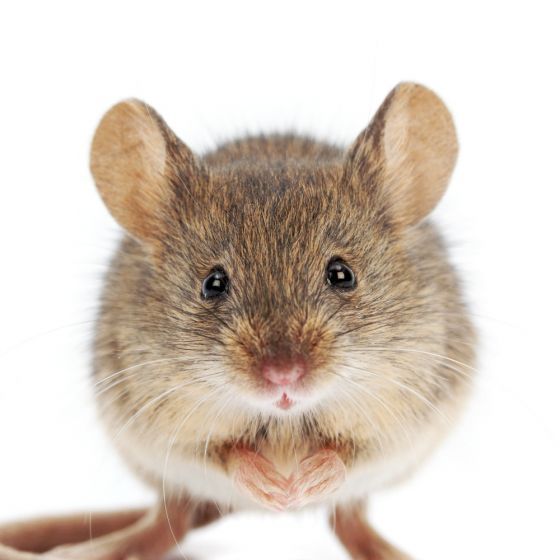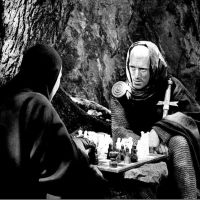
Loopysue
Loopysue
About
- Username
- Loopysue
- Joined
- Visits
- 10,009
- Last Active
- Roles
- Member, ProFantasy
- Points
- 9,874
- Birthday
- June 29, 1966
- Location
- Dorset, England, UK
- Real Name
- Sue Daniel (aka 'Mouse')
- Rank
- Cartographer
- Badges
- 27
-
Cyberpunk Apartment Building
-
Commission - World of Calindria
Well, it looks ok, but I have a pretty major suggestion that might not be very welcome.
I've never thought it was a good idea to mess with plate tectonics on a fantasy world. We always want to have far too many land masses, not enough open ocean, and way too many mountain ranges all over the place (the area taken up by the Earth's mountain ranges is somewhere around 15% of the land surface, which is far less than you typically get on the average fantasy world). On a fantasy world the resulting mass of plates required to explain an excess of mountain ranges far exceeds a realistic number of plates. The earth itself only has 15 principle plates.
On top of that problem, a major subduction zone will tend to create thousands of miles of long smoothly curving coastline, like the Peru-Chile trench. You don't have even just one such coastline to be able to set up something like that. So my advice would be to gently persuade the client away from including the PT of his or her world. Everything else will probably look, feel, and work so much better without it.
-
WIP - Liosach
That's a good start, Glitch, though I recommend having a second look at how tiny the tree symbols are in relation to other things on the map. Symbols don't have to look like they are the correct scale compared to everything else. The more important job of a symol is that it is large enough to be easily recognised for what it is at a glance. That is why most fantasy styles have mountains that seem to be too small compared to the rest of the set, and trees that are larger than life. It's so that both can be easily recognised while only taking up as much space as they need.
The mountain range looks fine to me.
-
Frozen arctic lands
It looks really good, though I would try to make the dividing line between temperate and arctic a little less defined and perfectly horizontal.
In the real world, that line is broad area of transition that can be bent further north or south than usual by warmer or colder ocean currents, prevailing winds and mountain ranges. It's a whole lot more irregular than you might expect. The UK, for example, should be as freezing cold as Labrador, but we bathe in the warmth of the Gulf Stream bringing heat up from the Gulf of Mexico.
-
Live Mapping: Pete Fenlon Overland






